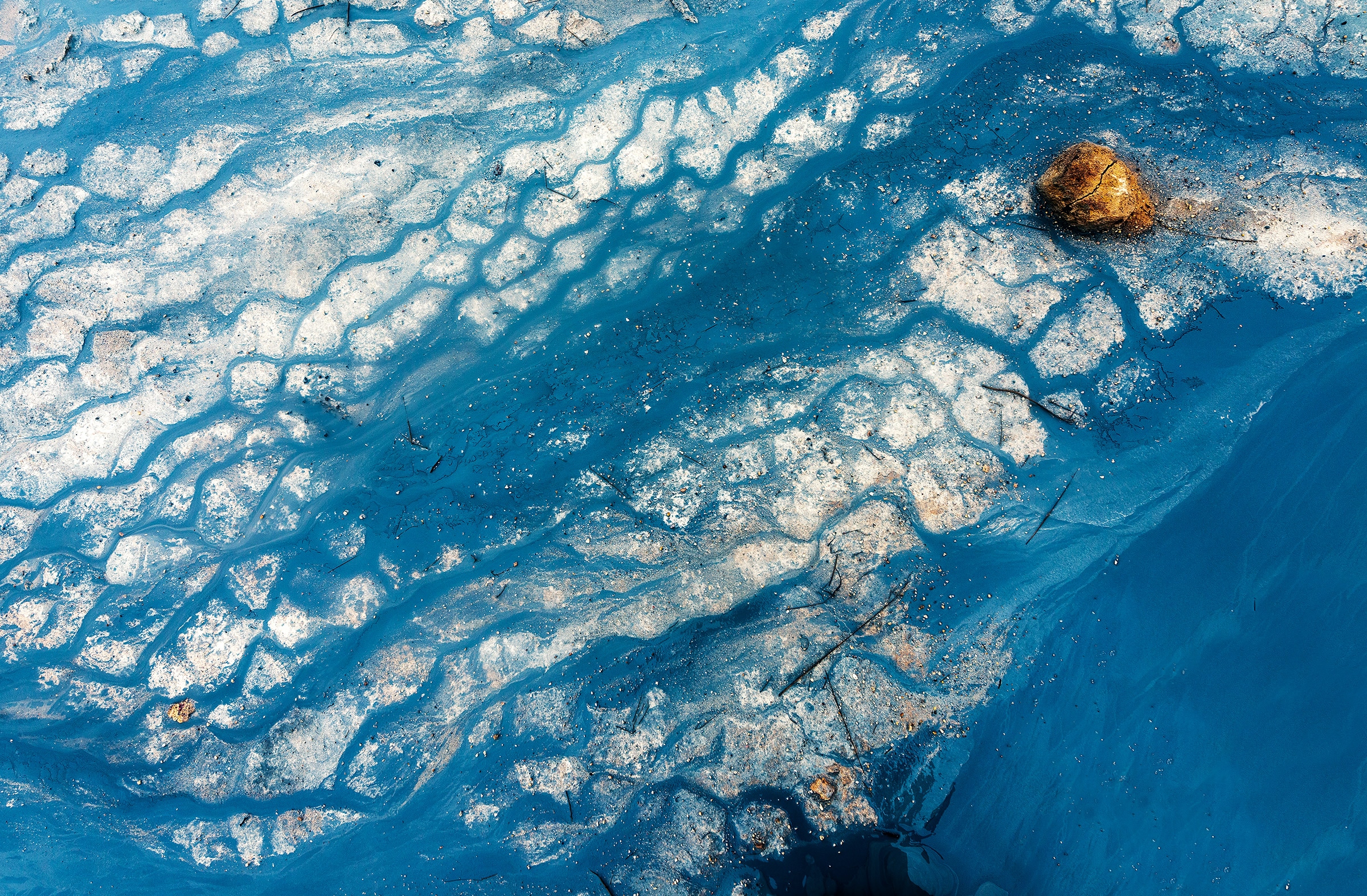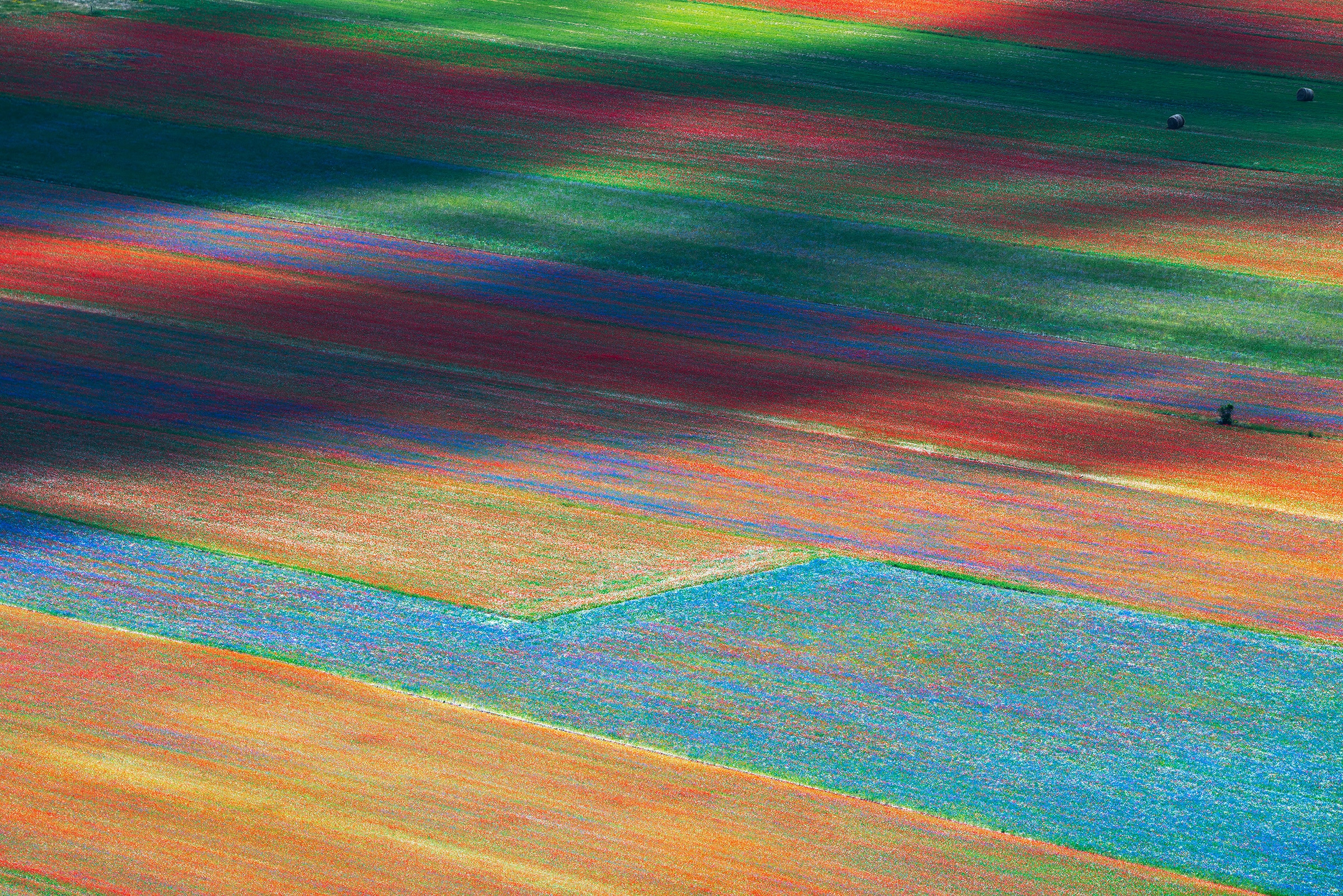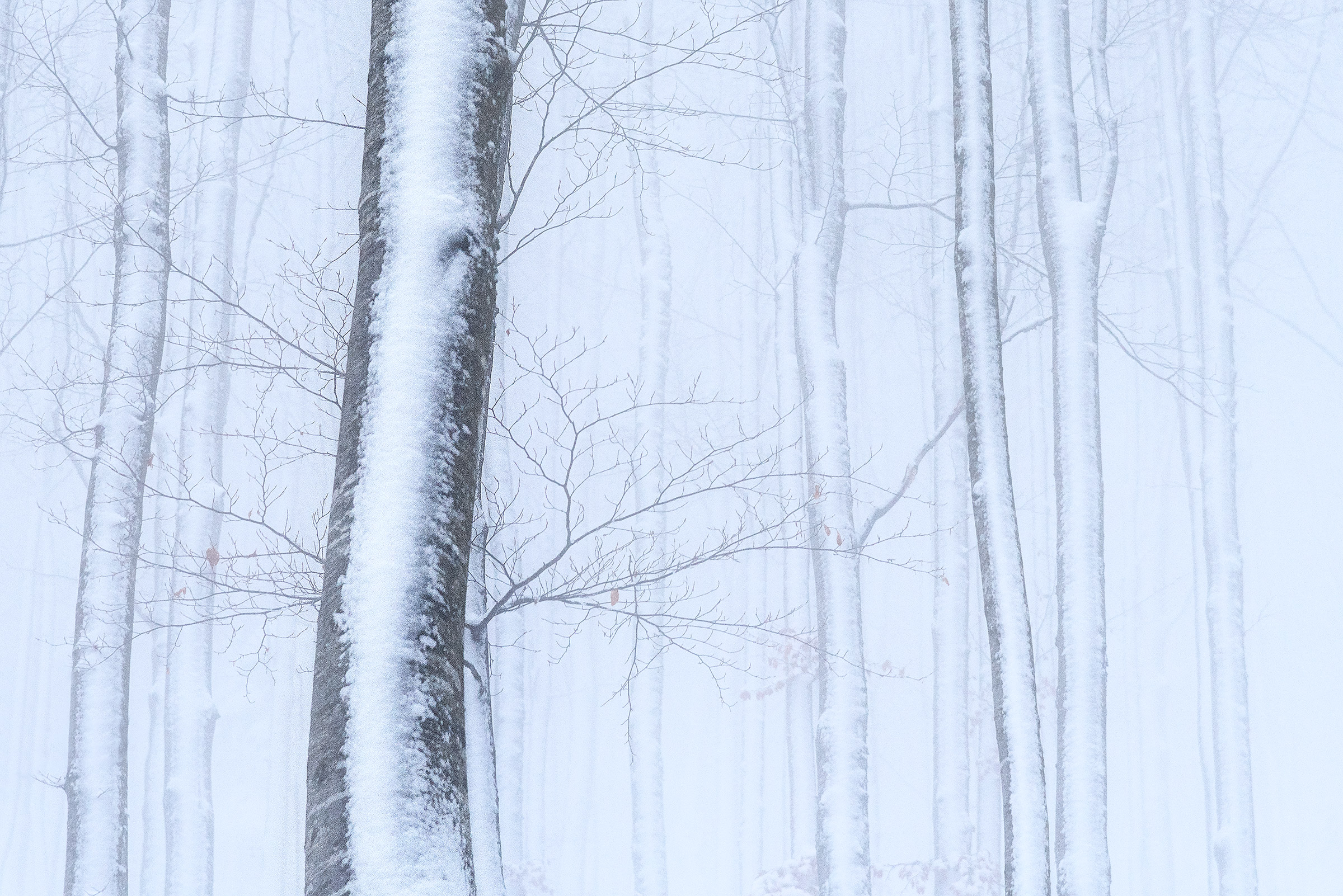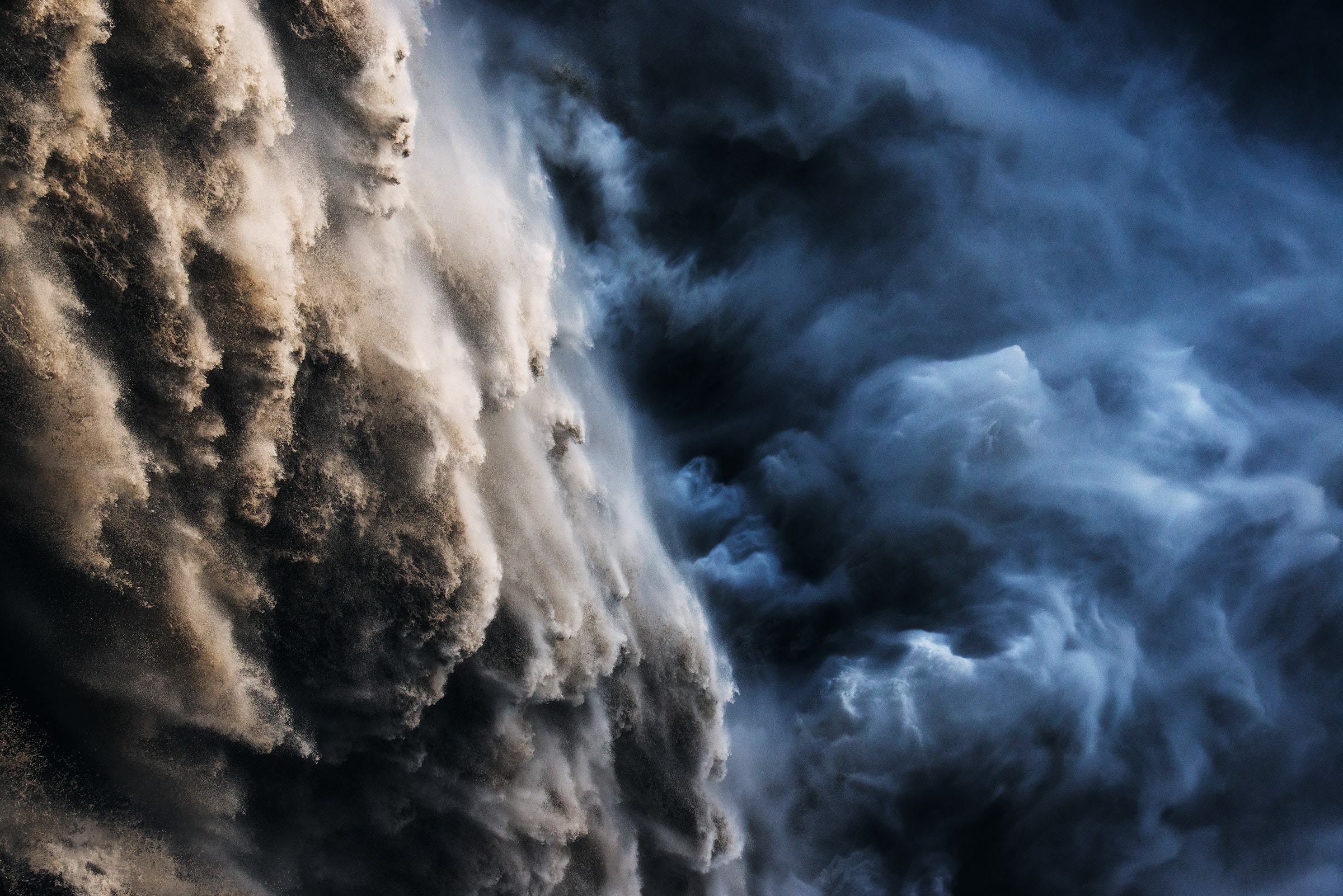
The Location Overcrowding Phenomenon
Introduction
Location overcrowding, whether you like it or not, became an ever growing issue over the years, a phenomenon that we can't ignore anymore.
Since more and more photographers are bringing up the argument to raise awareness about it, I decided to share my thoughts too.
There are two, main aspects to be considered and that I'll analyze in this article: the first and most important one is the environmental aspect, where we should question ourselves how (or if!) we pay enough respect to the places we visit, no matter if they are in the middle of nowhere or in a crowded city. The latter is the personal and creative aspect, which sometimes can lead to some annoying behaviours by some photographers and a consequent frustration for some others.
We should all remember that, no matter if you are shooting for passion or work, we as photographers (but even before that, we as people) are entitled to NOTHING when it comes to the locations or the other people that are there with us. Actually, we owe those moments we are living to that location and as such we should be nothing but grateful to it and treat it with due respect.

The Environmental Aspect
Let's start with the only aspect that really matter: how we treat the locations we shoot. When I was still naive my general assumption was that people who love to take pictures of a certain location (natural or not) were also actually caring about that location. Well, maybe caring is a strong word, but at least they were mature enough to understand what you can do and what you can't do in a certain spot. Oh boy, I've never been so wrong in my entire life.
Along my small photographic career I saw some pretty disturbing behaviours; I'll tell you a couple soon, but for now all you need to know is that all of these uncorrect behaviours have one thing in common: the phantasmagoric pursue of the “better photograph”. I already talked about the popularity race that happened in the last decade in my other article “The Evolution of Landscape Photography in the Last Decade”, so I won't bother to talk about it again here.
It's not always about popularity though, sometimes it's just for the sake of personal curiosity or more probably purely for ignorance: if you jump on the icebergs at the Jokulsarlon lagoon you won't get a better photo, you'll just be an as*hole which is a bit closer to death. If you go further than needed on a dangerous ridge, you won't automatically get a better perspective, it may actually be worse and you took a useless risk. And these ones are examples where the only persons to get hurt are the ones that are taking the risks, so you may say “well, it's their business, as long as they don't hurt anybody else”. Okay, let's not consider the fact that generally there will be rescuers who will put their lives in danger for them, let's say that you are right.

Except for a few examples like the ones above, there's a whole range of behaviours who will harm not only the photographers who are taking the risks, but also the environment or other people's goods.
I personally saw photographers destroying harvested fields just because the photos weren't good enough (in their own opinions) from the walking paths. I saw photographers walking on the fragile moss terrain (that moss can take a load of years to grow) typical of the southern part of Iceland just because they wanted to get a higher perspective.
Finally, the most common case of them all: people leaving trash on locations, like there's someone who will clean up after they left. Let me tell you one thing: there's not. You can't just pretend to be a nature lover, an explorer, an adventurer, and then leaving the waste of your lunch on the ground. It's not working like that. For some people is all just a matter of appearance, but the essence is not there. If you have to go wasting the mountains or trashing harvested fields, you better go to the mall and spend a nice day shopping. Be honest with yourself and with others, don't try to appear for someone you are not. Not in this case at least, since you may hurt someone else/something else in the process.
I'll close with one last example: last autumn, while I was shooting with some clients in Tuscany at the Podere Belvedere (one of the most popular spots), I saw a big bus parking on the road. It was before 7am in the morning, and even if the place can get quite crowded of photography enthusiasts, I never saw such a big bus like that arriving that early. Five minutes later the place was upside down: 50+ people which probably have never taken a camera in their hands before were literally everywhere. I get that they wanted to scout the location, but there should be some very basic rules to follow, such as: if you see a stable, don't go there. You know, it's the countryside, there might be horses or goats in there. If there's a house right beside from where you are shooting, don't go inside their garden, because they have guard dogs and they might chase you and bit your ass if you are not fast enough. If the terrain is slippery because Tuscany is humid as the amazon forest, be careful when you walk through the olive trees otherwise you might roll down several meters by slipping on the grass. Oh and well, if you are a big group (there's no need to be more than fifty, you might as well be five) and it's that early in the morning, maybe you want to leave the job of waking up the whole town of San Quirico d'Orcia to the roosters by not shouting everything out loud like you are in the middle of nowhere.
I've put this in a humorous key, but truth is that there was little to laugh when I was there. I was furious. There was a complete lack of respect for the place and the people who are living there. And the saddest thing is that there was little to do about it: those people were feeling like they were entitled to do those things, to trash the place and enter in somebody's house (!!), so if I tried to make them notice their mistakes the only way it could finish was with a fight, verbal or phisical. I could not afford to get into that fight, since I had clients with me and well.. I would have been outnumbered by far.
We all need as photographers to educate (and before be educated from someone wiser than us) others about the correct behaviours we have to mantain while we are out there, shooting or exploring new locations, for the well-being of the environment and the other people.
The Creative Aspect
Now that we've talked about the environmental aspect, there's another quite important thing to discuss: how creativity is affected by the overcrowding of the locations.
It doesn't matter if you are doing photography to get a collection of “postcards” pictures for your own personal satisfaction, if you are doing it to find new perspectives or new angles in popular locations or if you are trying to push the boundaries of what has been photographed, find new locations, new techniques and pursue yours and yours only idea of photography: when you arrive at a certain location and you find way too many people around, it's quite disappointing.
It's not just disappointing for the mood-killing noise of everyone talking, shouting and moving around, but also on a creative side, since you will be limited in quite a few aspects by the fact that there are people shooting everywhere.
It doesn't matter if you arrive early to catch a good spot, maybe closer to your subject, someone will ask you (sometimes in a kind way, sometimes not) to step back so that the other 30 photographers at the location can shoot too. I've received this sort of requests quite a few times, and they drive me absolutely crazy every single time: if I'm standing there it's for a reason, not because I like to be in the way of other 30 photographers. I may have found a nice composition, and I think it's rude for those who arrive later to ask if you can get out of their way. If there was someone there before you, respect their choices and try not to disturb them. Next time, try to be the first one on the spot.
Then, if you have a minimum of common sense (it's not that obvious..) you might want to pay attention – no matter when you arrived – not to get into someone else composition, which sometimes it feels like playing the tetris game. As an example, I can clearly recall being one night at the Skagsanden beach in the Lofoten islands shooting the northern lights, and I was standing on the shore with who-knows-how-many other photographers, all of us standing in line not to get into each other's pictures, shooting the classic reflection. A step forward and I would have been as*-kicked by twenty something people for being in their shots. Oh, and let's not talk about the headlights.. After a short while I had to leave, my frustration level was way over my standards.
I have tons of examples like this one where I had to cut down the chances of getting a great picture because of other photographers on the spot; you can't explore and scout the location as you'd wish since you probably end up in someone else photo, so you have to settle for what others are shooting or find something else far enough from the crowd so that they won't be in your photos.
Last, there's the case where you arrive late and there will be obviously someone else who took the commonly considered “best spots” (spoiler alert: many times they are not actually the best, they are just the most known!) and you'll have to find another place to shoot. Depending on the location, it could be either easy or impossible. No matter the difficulty, you'll end up frustrated because you have to pay attention not to get in someone else's photo and still finding a compelling – and different from the usual - composition.

During my shooting sessions in popular places I noticed that people are responding to these forced limitations in three different ways:
1) There are the ones that doesn't give a f*ck about who came first or if they get in someone else's shot, they just behave like they own the place and do whatever comes in their mind. Most of the times they are not reasonable persons, and they casually happen to be also the type of guy who does “everything” for the photo, including the non-respecting behaviours I mentioned in the previous chapter.
2) Then there are the follow-you guys, photographers that when they understand you might have some decent skills in composition or photography they follow you like dogs in the hope to duplicate your exact pictures. It might seem crazy and almost unbelievable I know, but it happened to me and to many of my colleagues several times. They are harmless generally, except for the annoying fact that they try to steal all of your creative effort to find a different picture by immediately copying it.
3) Finally, there are the reasonable guys; photographers that surrender to the fact that all the “problems” I mentioned till now are physiological of shooting in popular places, and they are ready to accept they might not get the shot they want the first time.
If there's one thing I've got after all these years is that it's not their fault: you can't blame the others for being there. If you are not happy shooting with a whole crowd of other photographers, then find your own unique spots where no one will disturb you. That's the only solution, and that's what I'm trying to do right now, even if it will take an incredible amount of time.
Solution(s)
Now that I complained quite a bit and listed all the sorts of problems you get with overcrowded locations, it's time to think of a few possible solutions.
First of all, we should all understand that WE are the problem, not THEY. I'm part of the problem, and if you have ever been to a popular location, then you are too my friend.
Each one of us has the exact same right to visit a certain location and the exact same duty to pay respect to it and behave in the best possible way in the meantime.
The biggest mistake that many of us make is to think we have more rights than the others to be there. We are behaving more correctly, we are taking better pictures, we are serving a “higher purpose”. “We should be the only ones there, not all of them.” Guess what? These are all bulls*its. You are not serving anything bigger than your ego or your clients, so you have the exact same right to stand there as everyone else.
Some of us realized that, some others don't; that's exactly where the kind of disturbing behaviours you may have seen around are starting from.

